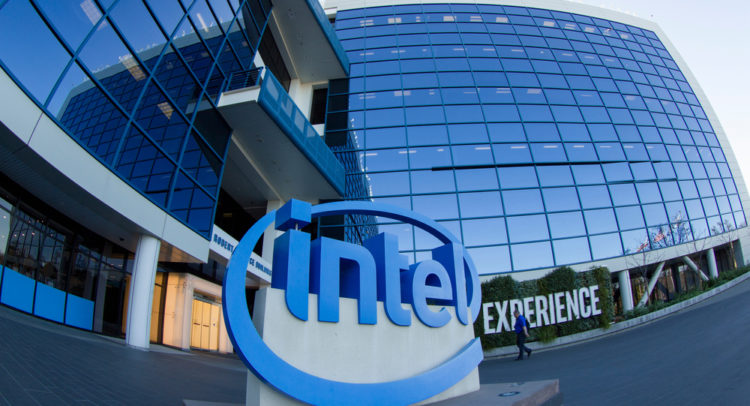It’s been a pretty good year for chip stocks — even with the recent sell-off in the markets. Just look at the performances of companies like NVIDIA Corporation (NVDA), Advanced Micro Devices (AMD), and Qualcomm (QCOM).
Discover the Best Stocks and Maximize Your Portfolio:
- See what stocks are receiving strong buy ratings from top-rated analysts.
- Filter, analyze, and streamline your search for investment opportunities with TipRanks’ Stock Screener.
However, one notable company has been left out of the party: Intel (INTC). The shares were mostly flat for 2021. Although there was a promising rally early in the year, this quickly fizzled out.
Yet investors should not give up on Intel. The prospects for the company are starting to look better. Intel CEO Pat Gelsinger has put together a solid turnaround plan.
So I’m bullish on the stock, and let’s see why.
What Went Wrong?
The poor performance for Intel stock is not a recent trend. The shares have treaded water since early 2018.
Though this should be no surprise. The fact is that Intel has lagged with innovation. There have also been nagging issues with product quality. Oh, and then there have been the supply-chain problems because of the COVID-19 pandemic. For example, these dented the latest quarterly results, as sales for notebook chips plunged by 10%.
As a result, companies like Nvidia and AMD have capitalized on the problems. Note that Nvidia is now the largest chip company (in terms of market capitalization).
The Catalysts
Perhaps the most important positive for Intel is the company’s new CEO, Pat Gelsinger. He worked at the company for 30 years and then moved over to run VMWare (VMW). Basically, he has a blend of strong technical chops and senior-level experience. While at Intel, he helped with the development of breakthrough chips like the 386 and 486.
The good news is that Gelsinger has wasted little time since becoming CEO of Intel. A big part of the turnaround strategy is to aggressively ramp chip production. The plan is to invest over $100 billion in new facilities in the U.S., Europe, and Asia.
A key to the strategy will be to become a supplier to other chip companies. As seen with the success of Taiwan Semiconductor Manufacturing (TSM), it can be a lucrative business. The company’s market cap is $650 billion versus Intel’s $220 billion.
In the meantime, Gelsinger will be focused on the innovation of its chips. He wants to launch a new CPU (Central Processing Unit) each year through 2025.
Next, Gelsinger plans to take its Mobileye division public by the first half of 2022. Mobileye develops software and sophisticated cameras for auto safety and autonomous capabilities. In 2017, Intel acquired the company for $17 billion. Since then, the growth has continued to be strong. In the latest quarter, its revenues jumped by 39% to $326 million.
Intel estimates the value of Mobileye at $50 billion, and the company plans to retain a majority stake. With the IPO, the company is likely to get more visibility, which should help with growth. The proceeds from the IPO will also be helpful for funding Intel’s production efforts.
Wall Street’s Take
Turning to Wall Street, Intel earns a Hold consensus rating based on six Buys, 11 Holds, and 7 Sell ratings assigned in the past three months. Additionally, the average Intel price target of $55.29 puts the upside potential at 2.1%.

Summary and Conclusions
Intel’s valuation is definitely at attractive levels. The forward price-to-earnings ratio is at only 16x. There is also a nice dividend yield of 2.6%.
Now, a turnaround will take time. Gelsinger says it could take five years. Nonetheless, given the low valuation, the stock price could react quicker as the results improve. The fact is that expectations remain quite low.
Download the TipRanks mobile app now
Disclosure: At the time of publication, Tom Taulli owned Qualcomm shares.
Disclaimer: The information contained in this article represents the views and opinion of the writer only, and not the views or opinion of TipRanks or its affiliates Read full disclaimer >









